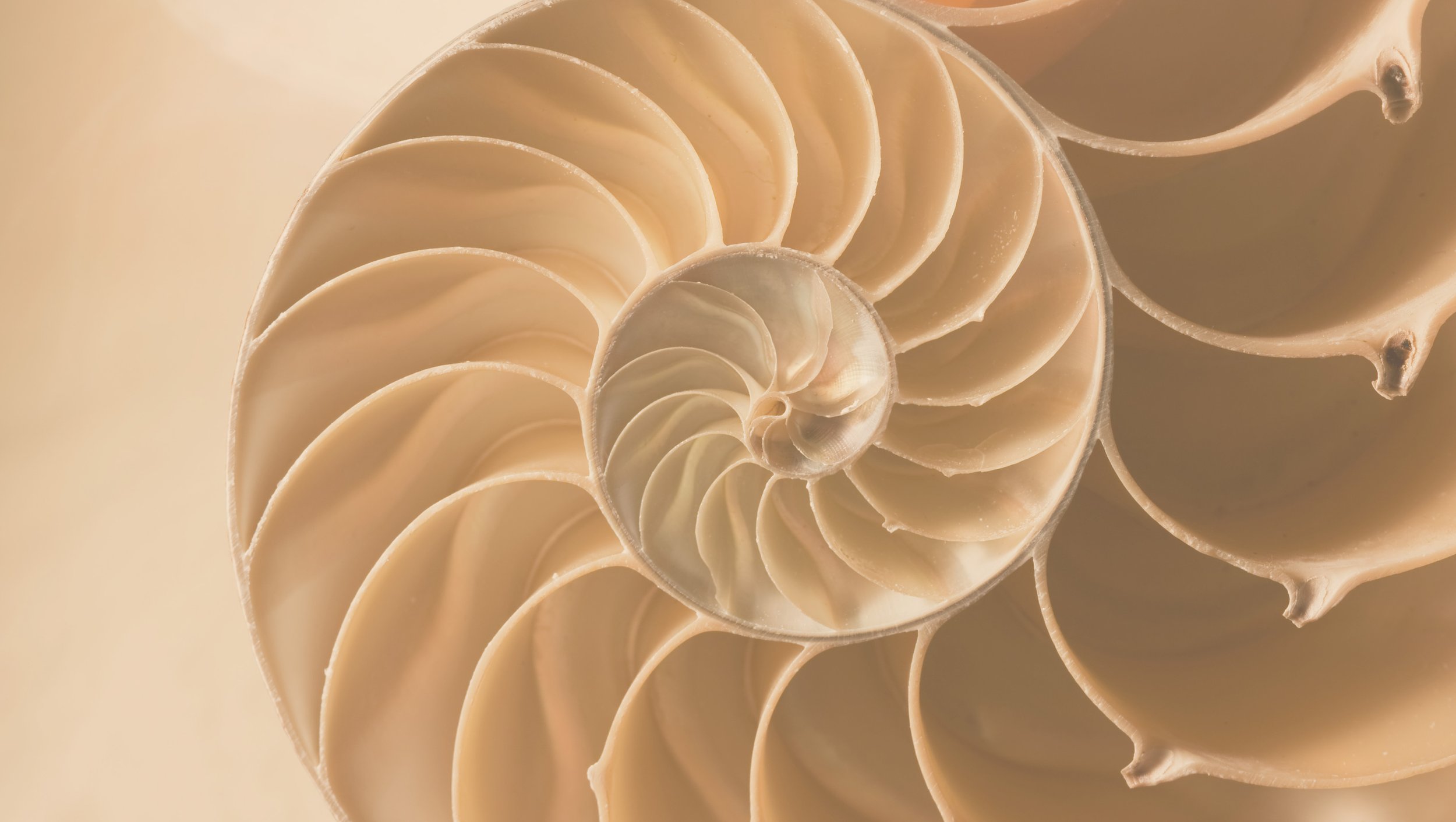
Use of Self as Instrument of Change
Gestalt Theoretical Frame & Workshop Content
Author: John Leary-Joyce
I have an article by See-Yan Cheung-Judge on the Self as Instrument, A Cornerstone for the Future of OD which identifies four elements that the Gestalt focused OD/Coach needs to pay attention to.
Develop Lifelong Learning Habits
Work Through Issues of Power
Commit to Self-Care
Build Emotional & Intuitive Self-Awareness
The first three are about maintaining the instrument in good playing order which is very important, but the fourth - and focus of this workshop, is about playing that instrument, in the band.
Rather than Emotional & Intuitive Self-Awareness, I call this Somatic Resonance. How to allow out mind/body to resonate, like the body of an instrument, and amplify the vibrations in the Field.
To support my approach, I draw on four aspects of Gestalt theory:
Self/Environment Contact Boundary
Ubuntu or Self as a System of Contacts
Confluence - an interruption to contact
Dialogue as I - Thou relationship
Self / Environment Contact Boundary
Self is considered as a bounded entity - defined by our skin, which connects with its environment. We call this meeting point the ‘contact boundary’, and healthy functioning is the creative and enriching process of engaging with and withdrawing from, that ever changing environment. This is a world of duality: I am I and you are you.
Q1: How well as coaches do we know ourselves and are confident in our identity, our Signature Presence? How effective are we at creatively adjusting the contact with our coaches?
Ubuntu - Self as a System of Contacts
Who I am is predicated on the context/conditions I’m in, which in Gestalt is called the Field. I am inextricably connected to everything within the Field which is a constant and dynamic process of shaping and being shaped in the moment. This is beautifully encapsulated in the African philosophy of Ubuntu, “I am because you are”
Q2: So how do we, as coaches, maximise the here & now Field conditions of the session to help our clients?
Confluence
Confluence in geography is the merging of two rivers to become one. In Gestalt theory this is considered an ‘interruption to contact’, we lose our self and merge with the other. Indeed as coaches we do need to maintain our separate identity/role and not unconsciously lose ourselves in the clients world.
However, to empathise is to identify with the emotional condition of the other, which can lead to intuition - somehow connecting unconsciously with them at a ‘gut level’. Furthermore, we also get great satisfaction from losing ourselves in music, art, nature, crowd events. Both of these I initially called Creative Confluence because we give up the boundary of contract and with awareness merge into the Field in a positive and creative way. Later I coined the term Somatic Resonance.
Q3: How, as coaches do we manage to maintain our role and separateness yet still remain open to this merging and Resonance?
Dialogue
Laura Perls, one of the Gestalt founders studied under the great existentialists Martin Buber who spoke about dialogue as an I - Thou rather than I - It meeting. Advocating an opening up to the other in a profound engagement - allowing oneself to be changed in the process of meeting the other.
Q4: Dialogue is a central component of coaching, but how far are we willing to go and be deeply impacted and changed by our coachees?
Advanced Workshop 10/11 & 24/25 May 2023 Content
The objective is to develop specific skills and way of being, that enhances your capacity to use yourself as an effective instrument of change with your coachee.
We’ll take some time at the beginning to discuss and understand the four theoretical aspects and address the question posed under each one.
We’ll then explore how to open ourselves to Dialogue through engaging at three levels we touched on in the Foundation Programme.
Perceptual Resonance - what we see & hear
Cognitive Resonance - our thoughts, opinions, hypotheses
Somatic Resonance - our physical and emotional reaction
I’ll first explain each of the three theoretical underpinning, illustrate it with a demonstration then you work in coaching trios to practice and develop a skill in using this form.
In addition, we’ll see how this applies to Parallel Process, a more generic and systemic concept to Somatic Resonance. Drawing on the notion of Field Theory where we are all interconnected - we focus on what is happening to us/our coachee as a replication of the dynamics in the Field of the coachee. Once you get the hang of using Parallel Process, it becomes a powerful intervention for building awareness of what is happening in the System.

